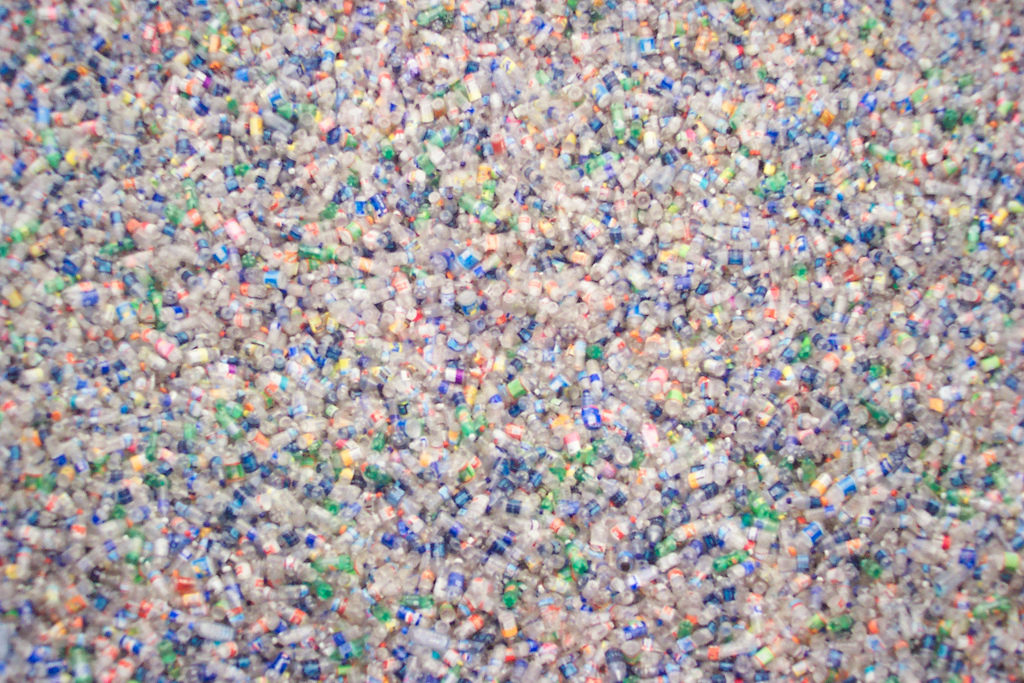
In the 1940s and 1950s, synthetic polymers became very popular. These man-made materials were designed to be cheap and durable and soon began replacing metals and glass in everything from automobiles and airplanes to bottles and dishes.
These materials – plastics – are the cause of a vast global burden created by their disposal after brief use. Over the past few decades, the mismatch between material and product life span has built up plastic waste in landfills and natural environments, in all the oceans of the world, and in the most far-flung corners of the globe.
The environmental effects of plastic waste and the declining popularity of plastics have created a major incentive for scientists to develop new materials with two conflicting requirements: they must be durable, but degradable on command. Put another way, scientists are in search of polymers with a built-in self-destruct mechanism.
Polymers (the word comes from the Greek for “many parts”) are long chains of identical molecules. The ones in common use are ones that are very hard to take apart. The new research is looking at inherently unstable polymers that are somehow forced to stay together until something triggers them to come apart (or unzip, people like to say.) Researchers at the University of Illinois at Urbana-Champaign have demonstrated a plastic that contains a special light-sensitive dye. When exposed to strong ultra-violet light, the plastic literally falls apart.
There are many possible uses for self-destructing plastics. For example, the approach could produce adhesives that can be turned off. Using unzipping polymers could lead to fully-recyclable products, but consumers will still have to play their part. One thing is certain about plastics at this point, the status quo is not acceptable.
**********
Web Links
Designing the Death of a Plastic
Photo, posted November 24, 2007, courtesy of Matt Montagne via Flickr.
‘Designing Plastic to Fall Apart’ from Earth Wise is a production of WAMC Northeast Public Radio.
Leave a Reply